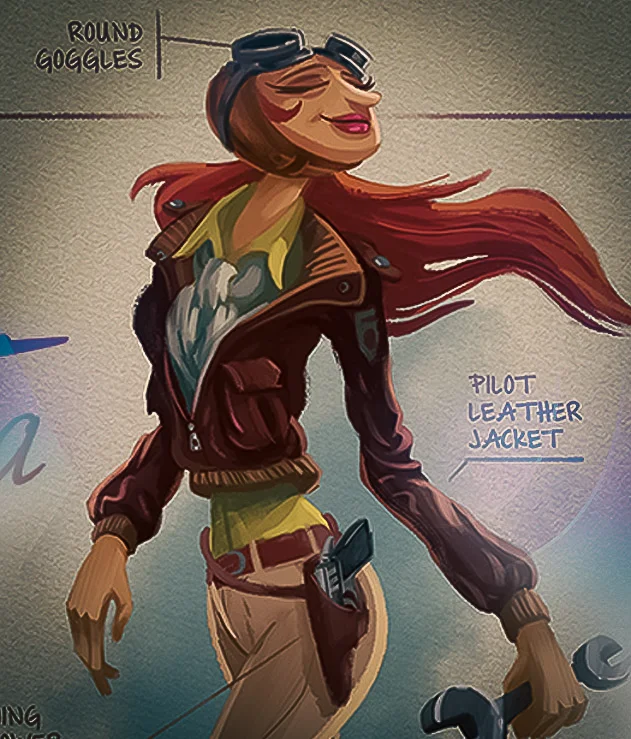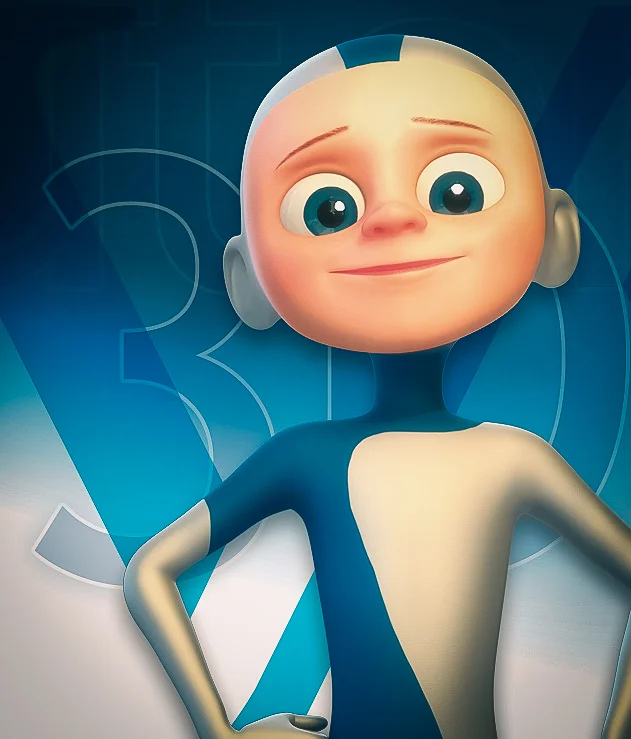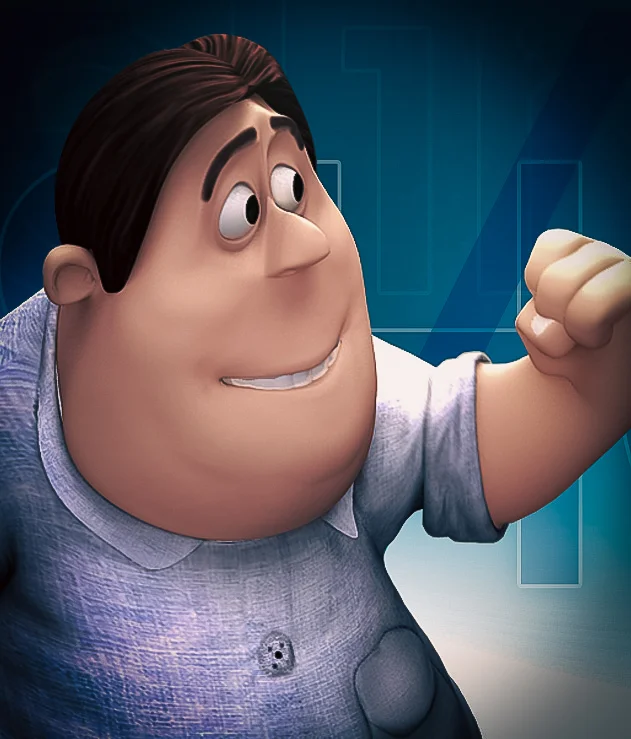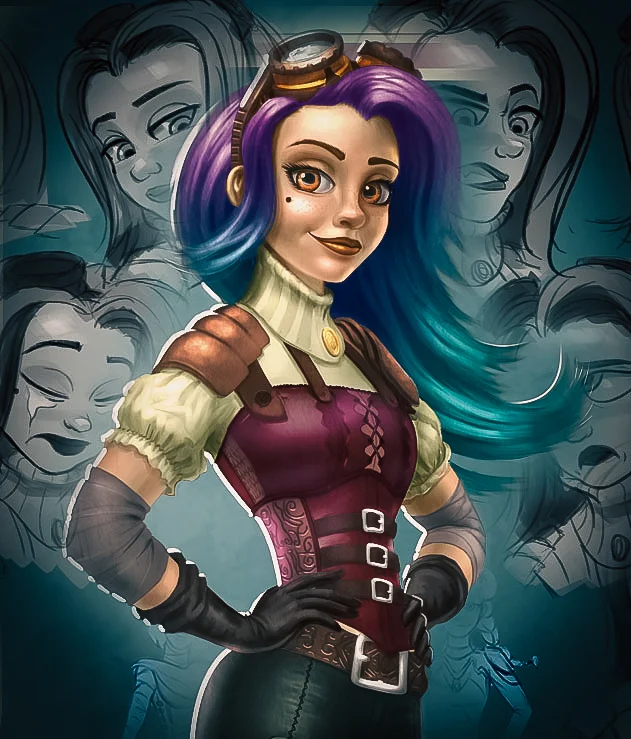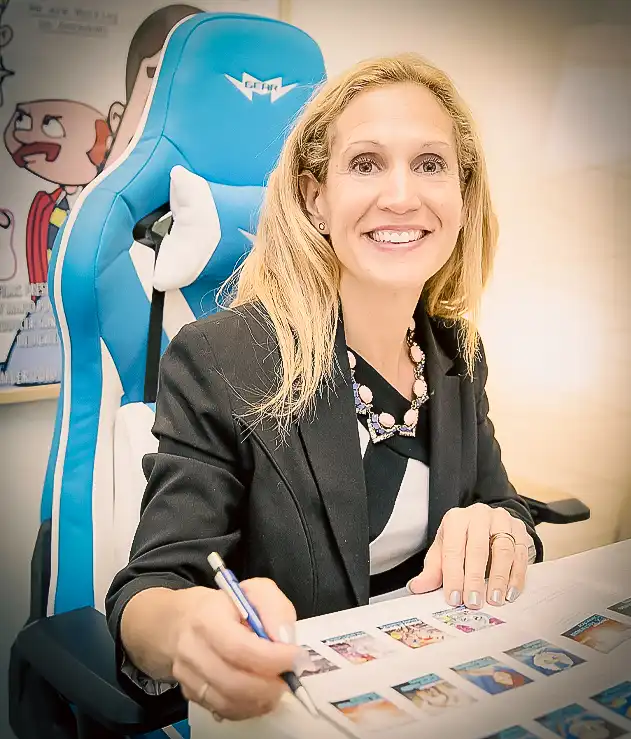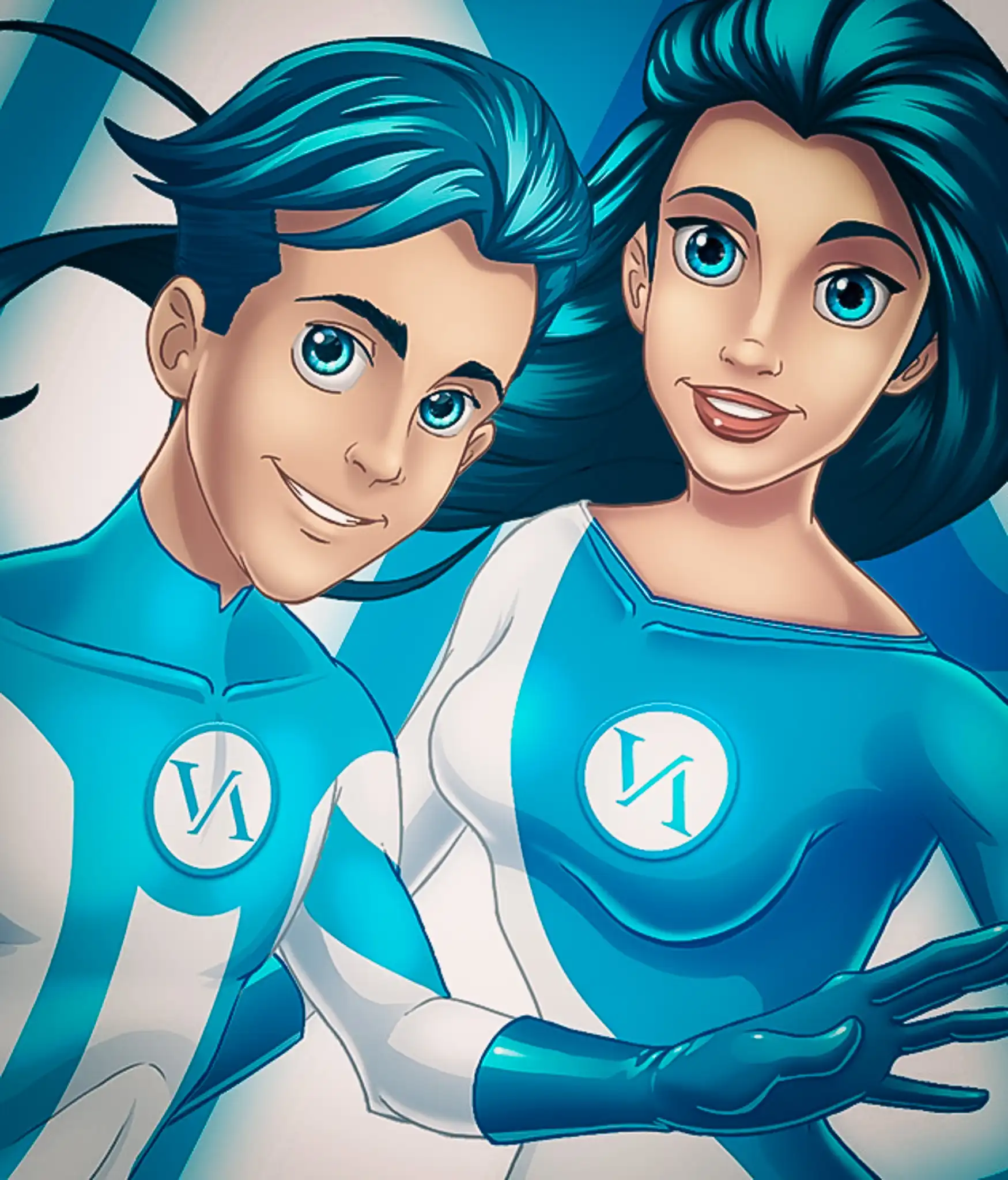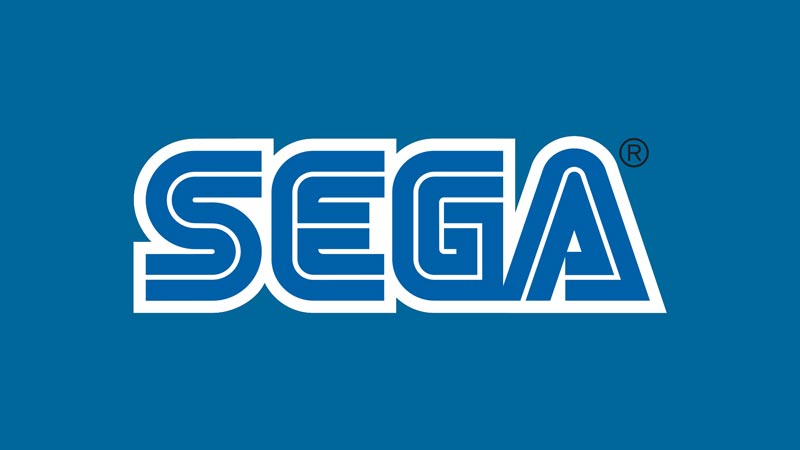 Image: SEGA (Wikipedia)
Image: SEGA (Wikipedia)
Author: VANAS Team
What Happened to SEGA?
Table of Contents
- The Rise of SEGA
- SEGA vs. Nintendo: The 90s Console War
- The SEGA Genesis Era
- The Fall: Too Many Consoles, Too Fast
- The Dreamcast—Hope and Goodbye
- SEGA After the Consoles
- SEGA’s Role in Modern Video Games
- The SEGA Legacy and Lessons for Digital Artists
- How SEGA Influenced Animation in Gaming
- Frequently Asked Questions
The Rise of SEGA
If you've played Sonic the Hedgehog, you’ve met SEGA. Once a titan in the gaming world, SEGA wasn’t just another video game company—it was the company challenging the biggest names in the industry.
Founded in the 1960s, SEGA originally started making arcade games. Back then, they created hits like Hang-On and Space Harrier, which were incredibly popular in arcades. But their big break came in the late '80s and early '90s with the release of home consoles.
SEGA was edgy, bold, and didn’t mind being the underdog. And for a time, it paid off.
SEGA vs. Nintendo: The 90s Console War
The early 1990s were like the Super Bowl of video games. In one corner, you had Nintendo, the family-friendly champ. In the other corner, there was SEGA, the loud, rebellious challenger. The battle between the SEGA Genesis and the Super Nintendo is now legendary.
SEGA's secret weapon? Sonic the Hedgehog. He was everything Mario wasn’t—cool, fast, and full of attitude.
Here’s what SEGA did differently:
- Targeted teens, not just kids
- Released ads that directly mocked Nintendo
- Offered more mature and action-packed games
And for a while, it worked. SEGA actually outsold Nintendo in the U.S. at one point during the Genesis era.
The SEGA Genesis Era
Let’s talk about the golden years: The SEGA Genesis (or Mega Drive, if you're outside North America). Released in 1989, the Genesis was the first true challenge to Nintendo’s throne.
Some of the most iconic games from this era include:
- Sonic the Hedgehog
- Streets of Rage
- Golden Axe
- Altered Beast
- Shinobi
This was also a time when Animation in games became more advanced. SEGA's games were known for their slick 2D graphics and animated sprites that felt fast and alive. It was like cartoons you could control, and that was revolutionary for its time.
The Fall: Too Many Consoles, Too Fast
So what went wrong?
SEGA got too ambitious. After the Genesis, they released several add-ons and new systems in quick succession:
- SEGA CD
- SEGA 32X
- SEGA Saturn
The problem? These systems confused customers and didn’t offer enough unique games. Developers were also overwhelmed trying to make games for each one.
The SEGA Saturn, in particular, struggled. It was expensive, hard to program, and lacked strong launch titles. Meanwhile, Sony had entered the ring with the PlayStation, offering powerful 3D graphics and easy tools for developers.
Suddenly, SEGA went from leader to underdog again—but this time, they couldn’t catch up.
The Dreamcast—Hope and Goodbye
In 1999, SEGA launched the Dreamcast. It was ahead of its time with features like:
- Online gaming
- A visual memory card
- Impressive 3D graphics
Games like Sonic Adventure, Jet Set Radio, and Shenmue pushed the boundaries of what games could look like and how they could tell stories.
The Animation in Dreamcast games was smooth and detailed, making characters look more alive than ever. It gave digital artists a new canvas for storytelling and visual effects.
But it was too late. The PlayStation 2 launched soon after and crushed the competition. SEGA, already hurt financially, couldn’t compete anymore.
SEGA After the Consoles
In 2001, SEGA made a huge announcement: they would stop making consoles and focus on software instead.
This meant:
- Developing games for Nintendo, Sony, and Microsoft
- Licensing their classic franchises like Sonic, Yakuza, and Total War
- Partnering with other companies for development
It was the end of an era, but not the end of SEGA.
SEGA adapted. They leaned into mobile gaming, reboots, and even Animation-based Sonic cartoons and movies, which became surprisingly successful.
VANAS Online Animation School offers Animation, Visual Effects, and Video Game programs. To launch your career, visit https://www.vanas.ca
SEGA’s Role in Modern Video Games
Today, SEGA is a different kind of powerhouse. They still make Sonic games, sure—but also:
- The Yakuza / Like a Dragon series
- Persona (through Atlus, which SEGA owns)
- Football Manager
- Total War
They’re no longer making consoles, but they’re still very much shaping the world of video games—and the art and Animation within them.
They’ve embraced storytelling, style, and unique visual direction—especially in the Persona and Yakuza series, which are known for their strong use of animated sequences and dramatic cutscenes.
The SEGA Legacy and Lessons for Digital Artists
SEGA’s story is more than just business drama—it’s a lesson in bold creativity and adaptation.
Here’s what aspiring digital artists and game creators can learn from SEGA:
- Take risks – SEGA wasn't afraid to be different, which gave us things like Sonic and Jet Set Radio.
- Value style as much as substance – SEGA games had iconic soundtracks, flashy graphics, and bold Animation choices.
- Know when to pivot – When consoles didn’t work anymore, SEGA switched to software and thrived.
- Respect your history – SEGA has kept its classic games alive with re-releases and remasters.
How SEGA Influenced Animation in Gaming
SEGA’s influence on Animation in video games is often overlooked. Their 2D sprite work in the '90s set the bar for motion and expression. Their use of anime-style cinematics in games like Sakura Wars and Shining Force paved the way for emotional storytelling.
Even today, SEGA-backed titles use Animation to build immersive worlds:
- Persona 5 uses vibrant animated menus and cutscenes to make the game feel like a moving graphic novel.
- Sonic Frontiers blends fast-paced action with cinematic animations to make Sonic’s world feel alive.
- Yakuza: Like a Dragon combines real-time fights with stylized moves that look like they’re ripped from an anime battle scene.
If you're someone who dreams of bringing characters to life or designing bold visual styles in games, the work SEGA has done is worth studying.
VANAS Online Animation School offers Animation, Visual Effects, and Video Game programs. To launch your career, visit https://www.vanas.ca
Frequently Asked Questions
What is SEGA best known for? SEGA is best known for Sonic the Hedgehog, arcade classics, and creating bold consoles like the Genesis and Dreamcast.
Why did SEGA stop making consoles? They released too many consoles too fast, lost money, and couldn't keep up with Sony’s PlayStation 2. They switched to software development in 2001.
Does SEGA still make games today? Yes! SEGA develops popular titles like Sonic, Persona, Yakuza, Total War, and more.
How did SEGA impact Animation in gaming? SEGA pushed animated storytelling with games like Jet Set Radio, Persona, and Yakuza. Their style influenced the evolution of 2D and cinematic game design.
Can I learn how to make games like SEGA’s? Yes. You can study Animation, visual effects, and game development at places like VANAS Online Animation School.
VANAS Online Animation School offers Animation, Visual Effects, and Video Game programs. To launch your career, visit https://www.vanas.ca

